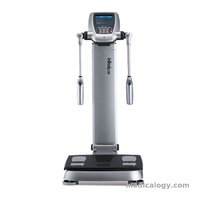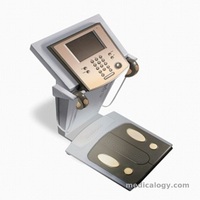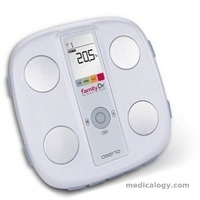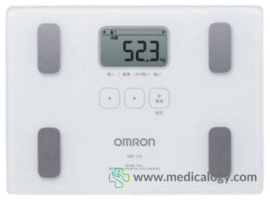- info@medicalogy.com
- 0877 7555 4616
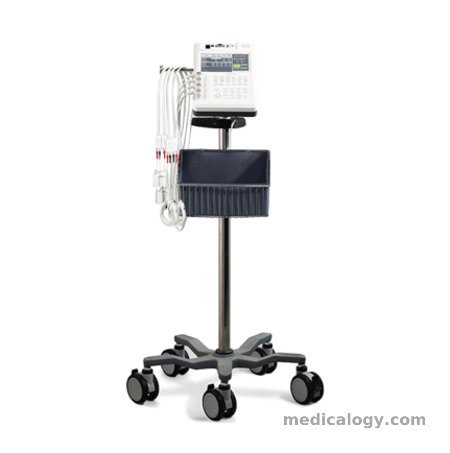
Inbody S10 Body Fat Monitor Alat Ukur Kadar Lemak
Dijamin original dan bergaransi
The InBody S10 body water analyzer is specifically designed to analyze body water in patients who are immobile or who are amputees with the use of attachable electrodes. By examining the Body Water Composition graph, you can identify the exact amount of excess fluid to remove, assess cellular health, and improve your patients' quality of life.
Harga Inbody S10 Body Fat Monitor Alat Ukur Kadar Lemak :
Untuk informasi harga dan yang lainnya, silakan hubungi kami
Deskripsi Inbody S10 Body Fat Monitor Alat Ukur Kadar Lemak
Specialized Disease Management
InBody S10
Body Water Analyzer
The InBody S10 body water analyzer is specifically designed to analyze body water in patients who are immobile or who are amputees with the use of attachable electrodes. By examining the Body Water Composition graph, you can identify the exact amount of excess fluid to remove, assess cellular health, and improve your patients' quality of life.
The InBody Test
No Estimations
Only impedance is used to determine your body composition results; no statistical data or empirical equations are used or required to predict your body composition.
Supine Testing
Measure fat, muscle, and water levels in less than 90 seconds. No dunking. No pinching. No discomfort. Simply attach the electrodes to the user to test.
For bed-ridden/immobile patients
The Touch Type electrodes are used to test bed-ridden patients and gently clip the patient’s fingers and ankles.
For amputee patients
Test patients with paralyzed or amputated limbs with the Adhesive Type electrodes.
Explore the Results Sheets
Each InBody Test will print out a full-page results sheet detailing the muscle, fat, and water values of the user.
Body Water Composition graph
identify the exact amount of excess fluid to remove from a patient going through treatments such as dialysis– avoiding guesswork and patient discomfort that can be caused from unintentional hypohydration or hyperhydration.
Segmental ECW/TBW Ratios
A key feature of the InBody S10 is its ability to accurately report Segmental ECW/TBW ratios. Excess body fluid can be accurately pinpointed before dialysis, and the drops in the ECW/TBW ratios in the five cylindrical body regions can be observed after dialysis is completed. Caregivers can learn valuable information about how a patient is responding to dialysis and better prepare for future treatments.
Review Inbody S10 Body Fat Monitor Alat Ukur Kadar Lemak
Belum ada ulasan.

